Savoring Homemade Delights: Unleashing the Flavor of Freshly Crafted Chicken Stock
There's something truly satisfying about making your own chicken stock from scratch.
Not only does it allow you to extract every last bit of flavor and nutrition from a roast chicken, but it also gives you full control over the ingredients that go into your stock. In this article, we'll explore a simple and delicious recipe for homemade chicken stock, using the leftover bones, skins, and meat scraps from rotisserie chickens. With the addition of aromatic vegetables and a blend of dried herbs, you'll create 12 quarts of beautiful, flavorful stock to enhance your favorite recipes.
Recipe: Homemade Chicken Stock
Ingredients:
- - Bones, skins, and meat scraps from 2 rotisserie chickens
- - 4 carrots, roughly chopped
- - 2 onions, quartered
- - 4 cloves of garlic, smashed
- - 2 tablespoons dried parsley
- - 1 tablespoon dried basil
- - 1 tablespoon dried thyme
- - 1 tablespoon dried oregano
- - 1 teaspoon dried rosemary
- - Salt and pepper to taste
- - Water (enough to cover the ingredients)
Instructions:
1. Begin by removing the meat from the rotisserie chickens, setting it aside for future meals.
2. Place the bones, skins, and a few meat scraps (such as the wings) into a large 16-quart cooker or stockpot.
3. Add the chopped carrots, quartered onions, smashed garlic cloves, dried parsley, dried basil, dried thyme, dried oregano, dried rosemary, salt, and pepper.
4. Pour enough water into the pot to cover all the ingredients.
5. Bring the mixture to a boil over high heat.
6. Once boiling, reduce the heat to 200°F (93°C) to maintain a gentle simmer.
7. Let the stock simmer for 8 hours, allowing all the flavors to meld together and the ingredients to fully infuse the liquid.
8. After 8 hours, carefully strain the stock through a fine mesh strainer or cheesecloth, discarding the solids.
9. If desired, skim off any excess fat from the surface of the stock.
10. Transfer the stock into clean, sterilized quart-sized jars, leaving about an inch of headspace.
11. Process the jars in a water bath canner, ensuring they are covered with at least 1-2 inches of water. Process for 30 minutes at a rolling boil.
12. Carefully remove the jars from the canner and let them cool completely. Check the seals of the jars before storing them in a cool, dark place.
The Benefits of Homemade Chicken Stock:
1. Full Control of Ingredients: By making your own chicken stock, you have complete control over the quality and types of ingredients used. This allows you to customize the stock to your preferences and dietary needs, ensuring a healthier and more flavorful end result.
2. Flavor Enhancement: Homemade chicken stock adds depth and richness to any recipe it is used in. The long simmering process extracts the natural flavors from the bones and vegetables, resulting in a stock that enhances the taste of soups, stews, risottos, and sauces.
3. Nutritional Value: Chicken stock made from scratch is a nutrient-rich addition to your pantry. It contains valuable minerals, gelatin, and collagen, which can contribute to healthy joints, skin, and digestion.
4. Cost-Effective: Utilizing the leftover bones and scraps from rotisserie chickens is a budget-friendly way to make chicken stock. It maximizes the value of your grocery purchases by extracting every bit of flavor from the chickens.
Homemade chicken stock is a versatile and valuable addition to any kitchen.
By following this simple recipe and using the bones and scraps from rotisserie chickens, you can create 12 quarts of beautiful, flavorful stock. With its rich taste, nutritional benefits, and cost-effectiveness, homemade chicken stock is a pantry staple that elevates your cooking and brings a touch of homemade goodness to every dish. Enjoy the satisfaction of knowing exactly what goes into your stock and savor the delicious flavors it imparts to your favorite recipes.




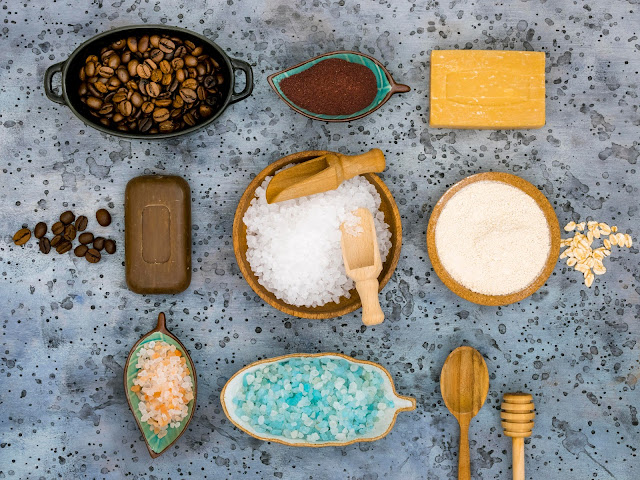

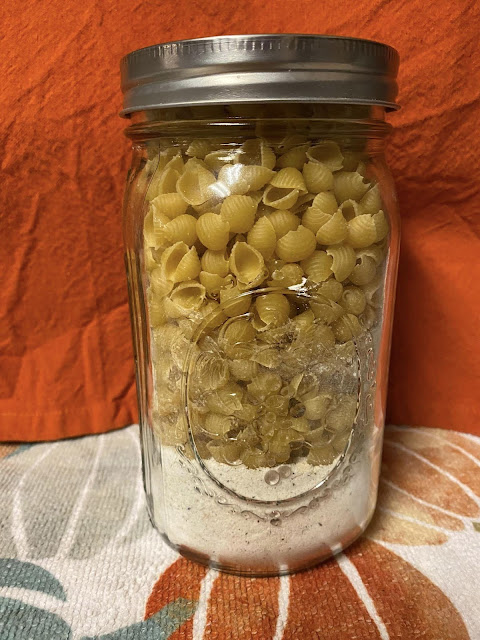




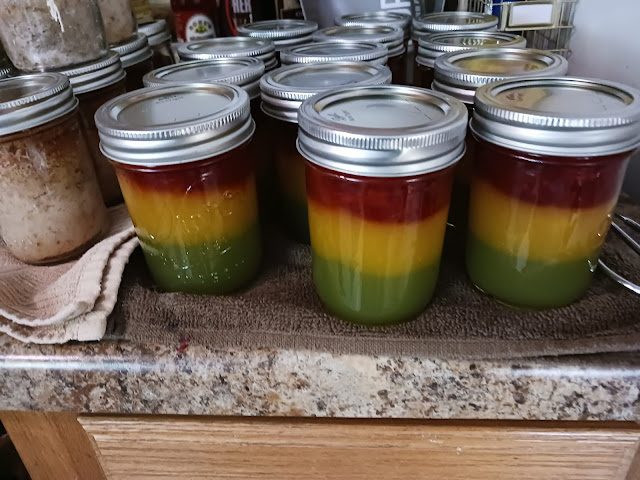

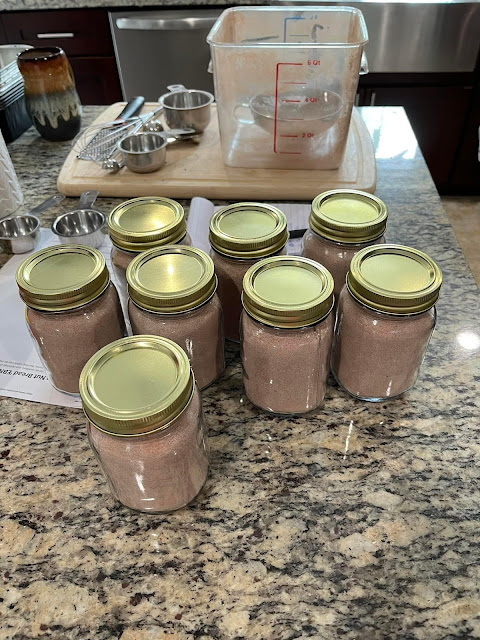
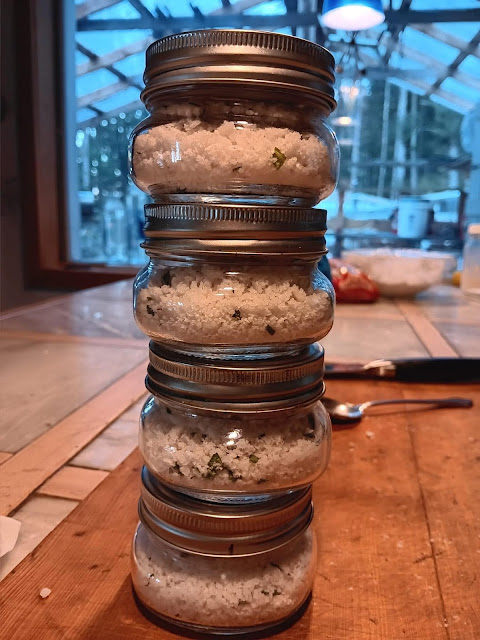
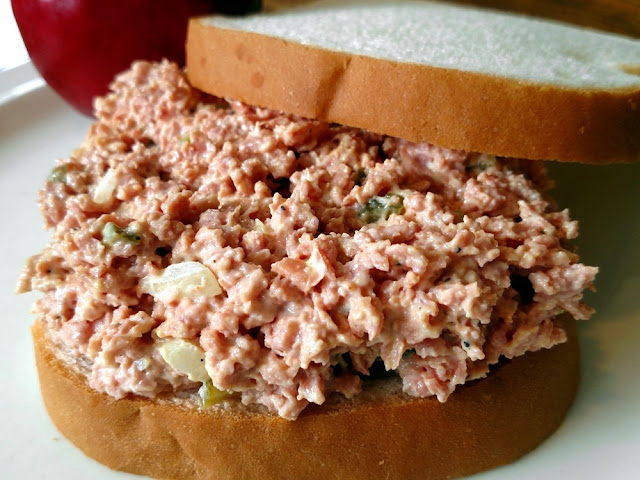
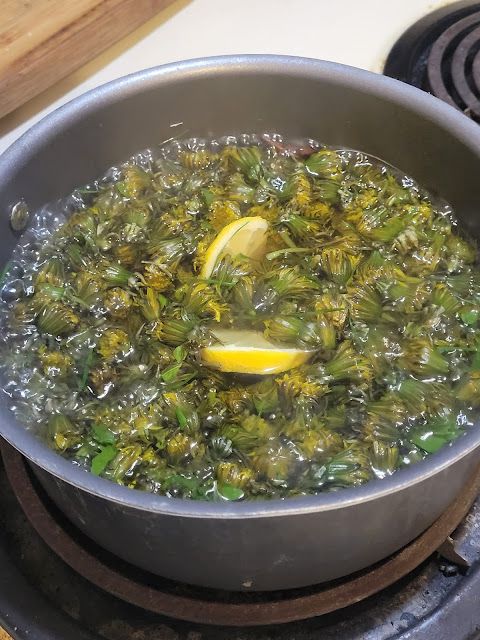



Comments
Not safe to waterbath low acid foods.
ReplyDeleteDefinitely not safe to water bath low acid foods
ReplyDelete